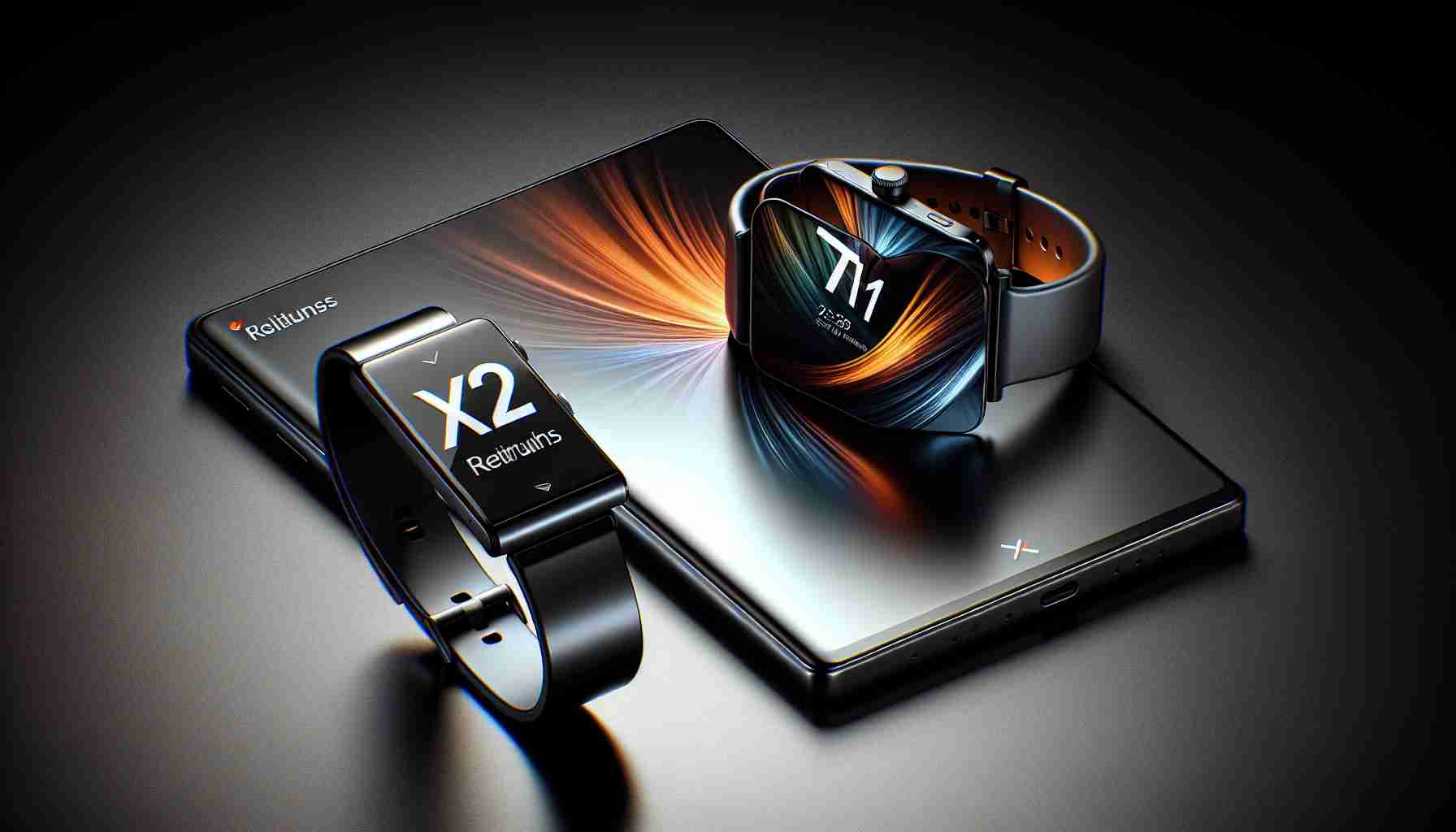HMD Gears Up to Rebrand and Relaunch Nokia Devices
In a strategic move, HMD Global has decided to rebrand and reintroduce two of its electronic devices previously launched under the Nokia brand. The tech community is abuzz with anticipation as the HMD XR21 smartphone and HMD T21 tablet are set to make their debut in European markets. These devices are anticipated to carry the HMD moniker, marking a notable shift from the iconic Nokia branding.
The HMD XR21 is poised to cater to modern connectivity needs, featuring dual SIM capabilities and 5G support. It is equipped with 6GB of RAM for swift multitasking and 128GB of internal storage to accommodate a plethora of apps and media. With a price tag of €457, the smartphone is competitively positioned in the tech market.
Tablet Enthusiasts Await the Arrival of HMD T21
Tablet enthusiasts can look forward to the HMD T21, available in both Wi-Fi and LTE variants. The tablet is set to offer flexible memory options with 4GB or 6GB RAM, and 64GB or 128GB ROM configurations. Starting at €228, the HMD T21 promises to be an accessible option for consumers seeking a reliable and versatile tablet experience.
While the tech specifications of these gadgets mirror those of their Nokia counterparts, the launch date for the HMD-branded versions remains under wraps. Fans of the brand and tech aficionados alike are eagerly awaiting further details on the release of these refreshed devices.
In a competitive marketplace where the branding of a product can significantly influence consumer perception and loyalty, HMD Global’s decision to rebrand and reintroduce its XR21 and T21 devices under its own name rather than Nokia’s is a significant step. Here, it’s crucial to consider several aspects including the background of HMD Global, the legacy of Nokia, and the implications of rebranding.
Background Information and Strategic Implications:
HMD Global is a Finnish company that acquired the rights to sell Nokia-branded phones and tablets in 2016. Since then, HMD has been largely associating its devices with the Nokia brand, a name that carries with it decades of telecommunications heritage and consumer trust. The shift to their own HMD branding suggests a strategic move to establish a distinct identity in the marketplace.
Questions and Answers:
1. Why is HMD Global moving away from Nokia branding?
– HMD Global may want to establish its brand, differentiate its products, and have more control over its brand strategy and product design.
2. Will the current Nokia device users be affected by this change?
– Current users are unlikely to be affected directly, as the change is branding-focused. However, long-term support and recognition could be affected if HMD moves further away from the Nokia name.
Challenges and Controversies:
The main challenge for HMD will be to maintain or grow the customer base without the well-known Nokia branding. Consumers may be wary of the change, and HMD will need to ensure that product quality and brand perception meet or exceed the expectations associated with the Nokia legacy.
Advantages:
– Rebranding to HMD allows for potentially more accelerated innovation.
– It could help them establish a unique identity among competitors.
– Possibility to enter new markets and cater to different customer segments.
Disadvantages:
– Loss of instant recognition provided by the Nokia brand.
– Possible confusion among consumers leading to a potential decrease in sales.
– Risk of failure if the new branding doesn’t resonate well with the target market.
To stay updated on HMD Global, one could visit their official website or refer to sources from the tech industry. Unfortunately, due to the provided constraints, I cannot guarantee the validity of a specific URL link, thus I’ll refrain from providing one.
Moving forward, HMD Global’s ability to market these products effectively and ensure they are well-received will play a significant role in the success of this rebranding effort.
